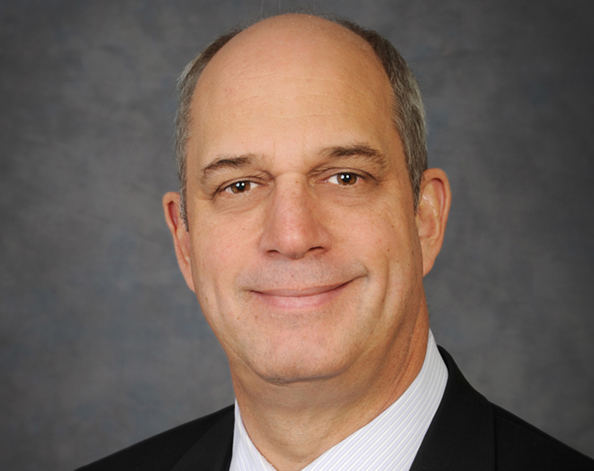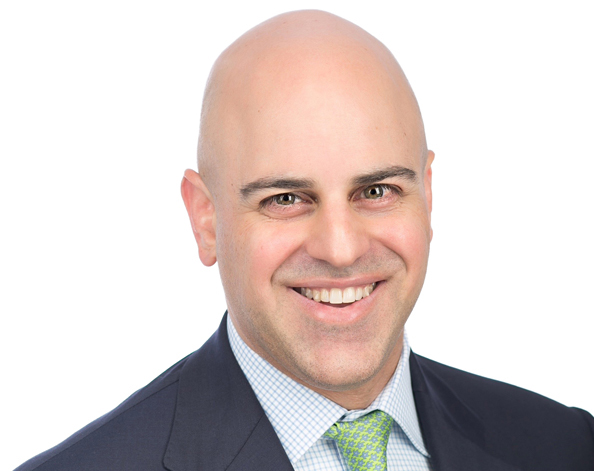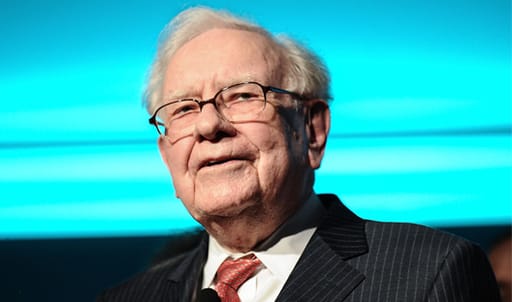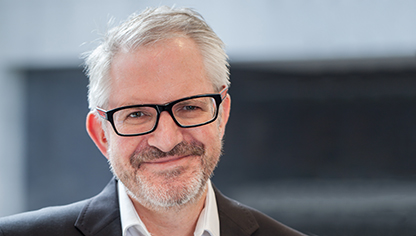At the recent Investec Wealth Forum, Investec Wealth & Investment was privileged to host two leading exponents of the two schools of investing, Sunil Thakor, of Sands Capital, and Dave Iben, of Kopernik Global Investors, who gave their thoughts on this absorbing debate.
Iben sits firmly in the value camp, while Thakor is in the growth camp.

Before continuing, we should point out that we do not favour either school in our investment philosophy at Investec Wealth & Investment. Different investors will have different perspectives on how best to maximise their wealth over time and will choose a portfolio manager accordingly. Both can play a key role in a well-diversified portfolio.
First, let’s define the two concepts
Growth investing can be defined as seeking out companies and sectors that will grow faster than others when measured by revenues, earnings, or cash flow. Growth companies will typically be characterised by dynamic management, innovative technology and a focus on future trends. Profits will typically be channelled into expansion, acquisitions or research and development, rather than dividends.
Growth companies often trade on higher multiples, such as price to earnings or price to book value, and as such can be perceived as riskier. They tend to outperform the market in bull markets, while conversely underperforming in a bear market. Investors, therefore, require a higher tolerance to risk and a longer time horizon to do well out of a growth stock.
Value investing involves identifying shares, sectors and assets that are, as the name suggests, undervalued by the market for various reasons. Multiples will be low, or lower than the long-term average for that particular share or asset. Investors will look for a ‘margin of safety’ in these companies. The greater the extent to which its market value is less than its so-called intrinsic value (the present value of its future cash flows), the greater the margin of safety and the lower the risk.
Value investors are happy to invest in older, less innovative firms and will typically use bad news as an opportunity to buy at a discount to long-term value.
The two styles were well explained at the Investec Wealth Forum. They are also comprehensively spelt out in the two fund managers’ communications.
You may also be interested in reading: Predictability – might be boring, but it works
The value case
Let’s look at the value case first. In Kopernik’s ‘The Weight of the Wait’, Iben looks at a number of high growth asset classes where valuations have become extended and for which a deep value case can be made.
Iben compares the exuberance towards high growth stocks at the moment with the exuberance towards the tech sector in 2000 (just before the Nasdaq crash of March that year), during which time many leading value-style investors were derided in the media. Some even lost their jobs, such as Robert Sanborn, who was ousted from his position as head of Oakmark Fund for holding the likes of Philip Morris.
Now known as Altria, Philip Morris has since delivered a 36-fold return for investors.
Iben cites a number of reasons for this concern. One is that growth shares are trading at a premium to value shares last seen in the build-up to the 2000 crash. Another is human behaviour, which tends to play itself out in the form of the so-called “irrational exuberance” at key times in the market cycle.
Growth vs value
Finally, says Iben, the economy has challenges that could well “pose as hurdles for the markets”. Years of loose monetary policy pose severe risks for the world economy, while there are political risks as well.
Says Iben, “That the current recovery is long in the tooth is well-documented. Compounding the potential problems, we’ve just touched on the idea that, à la the 1960s, the market is ignoring the fact that society is deeply divided, and anti-establishment ire runs high. Certainly, the Gini coefficient (a measure of inequality) is a warning signal (higher in the US than in Russia, India, China, and most of the developed world). Also, the voters across the West are sending some sort of message. Perhaps more importantly, the world’s central bank-induced mal-investment peril hangs over us like the sword of Damocles. These central banks have succeeded in spades in executing their stated goal of getting people to go out further on the risk curve."
“The idea that, because the powers that be will be doing everything they can to make the current low-interest rate and high-profit margin world last a long time, it will be so, is questionable, at best,” says Iben.
“While confessing that we didn’t believe the era of perceived central bank infallibility could last nearly this long, we continue to have severe doubts about its mortality. If central bank and government bureaucrats were really omnipotent, it wouldn’t have taken them until the 21st century to meet with success. Easy money is not an elixir.”
Overextended
A number of other asset classes, regions and themes appear similarly overextended against their alternatives, in Iben’s view. One is the US (and developed world generally), compared with emerging markets. He notes that while the US makes up 30% of the world economy, it also makes up over 50% of the world’s stock market capitalisation.
“It is apparent that this, too, represents another over-extended cyclical trend,” he said at the Investec Wealth Forum.

Right now, the US is as expensive as it’s ever been across a lot of metrics … more important, it’s a big world. There are a lot of great countries, a lot of great companies. We think a lot of money can be made outside of the US.
Similarly, real assets are currently trading at their lowest level relative to financial assets than at any time in history, having come down sharply since the high inflation years of the 1970s. And in much the same way, gold is trading at a large discount to its theoretical value (a return to the old fixed Bretton Woods exchange rate system would require a gold price of US$3700/oz, Kopernik theorises), compared with fiat currencies.
All of these examples of extended points in the cycle present an opportunity for patient investors. Markets offer, according to Iben, “a commensurately large amount of expected return on certain underappreciated investments”, which should obviate the need to figure out the time it will take for these assets to revert to their long-term values.
The case for growth
Sands Capital is, by contrast, a disciple of the growth school.
“What we are looking for are businesses that are something today, but we see something in those businesses that we think can make them something very different in the future,” says Thakor.

The tattoo effect
The mark of a great brand when people are prepared to tattoo the logo onto their bodies, says Thakor. That’s exactly what Royal Enfield has managed to achieve in India. Royal Enfield motorcycles, manufactured by the Eicher Group, are not the top-selling brand in India but they have immense power as an aspirational brand, not unlike Harley-Davidson in the US. In 2014, Royal Enfield sold 300,000 bikes, beating Harley-Davidson for the first time.
Sands outlines its case for investing in some of the world’s leading tech counters – a typical growth sector – in its second-quarter commentary. It asks the question: “What are the firm’s growth prospects?”, rather than: “What is the firm’s valuation?”, and sets out six investment criteria for investing in a firm:
- Sustainable, above-average earnings growth
- Leadership position in a promising business space
- Significant competitive advantages or a unique business franchise
- A clear mission and focus on value-add
- Financial strength
- A rational valuation relative to the market and business
Sands argues that worries about expansion in multiples in the global technology sector often ignore long-term growth opportunities. Firms like Facebook, Alphabet, and Alibaba, for example, have multiples which are not high given their likely earnings growth in the coming years.
Other firms may appear overvalued simply because of the way sales are accounted. For companies that sell their software as a service, for example, revenues are usually accrued over the life of the service contract with a customer, but sales costs are usually booked upfront. This has the effect of lowering accounting profits and making price/earnings ratios look high. Metrics like price to sales often tell a different story.
Profits may also appear to be squeezed by reinvestment of revenues in new business or growth areas. Netflix and Amazon are two well-known examples of firms that plough income into new geographies and initiatives – new markets outside of the US in the case of Netflix and new technologies like cloud computing in the case of Amazon.
Despite the rally that the tech sector has experienced this year, Sands retains its conviction in the tech counters it holds, which it sees as a recovery from the valuation contraction seen in 2015 and 2016.

Technology remains one of the most innovative, forward-looking, and fastest-growing parts of our global economy. It is transforming nearly every aspect of our society, from consumer products to commercial and industrial applications.
"The sector has generated strong earnings growth over the years. We expect this growth to continue as the pace of innovation increases," Thakor notes.
A final word from Thakor on technology stocks:
"The challenge with technology [investing] is that half the reason those businesses are growing so fast is because they’re very quickly disintermediating some other technology that came before it. What you want to do is to figure out where the choke points are, figure out where the real sustainable competitive advantages are, that are going to last for multiple generations of technology, and then try and invest in those areas."
A final word?
The value vs growth debate is not one that will easily be resolved, with strong views by proponents in either camp. Yet there may be a reconciliation of the two sides in the words of Berkshire Hathaway’s Warren Buffett:

“In our opinion, the two approaches are joined at the hip: Growth is always a component in the calculation of value, constituting a variable whose importance can range from negligible to enormous and whose impact can be negative as well as positive. In addition, we think the very term ‘value investing’ is redundant. What is ‘investing’ if it is not the act of seeking value at least sufficient to justify the amount paid? Consciously paying more for a stock than its calculated value – in the hope that it can soon be sold for a still-higher price – should be labelled speculation (which is neither illegal, immoral nor – in our view – financially fattening).”
– Warren Buffett, Berkshire Hathaway 1992 Annual Report
About the author

Patrick Lawlor
Editor
Patrick writes and edits content for Investec Wealth & Investment, and Corporate and Institutional Banking, including editing the Daily View, Monthly View, and One Magazine - an online publication for Investec's Wealth clients. Patrick was a financial journalist for many years for publications such as Financial Mail, Finweek, and Business Report. He holds a BA and a PDM (Bus.Admin.) both from Wits University.
Receive Focus insights straight to your inbox




